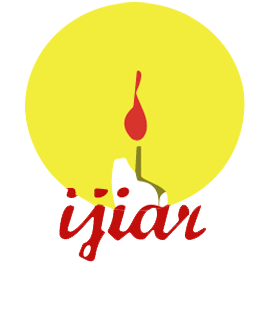A SYSTEMATIC REVIEW ON SOME COAGULATION PROFILE IN HIV INFECTION
- 2. Department of Medical Laboratory Science, Kampala International University, Western Campus, Ishaka, Uganda.
According to UNAIDS, there were approximately 37.9 million people across the globe with HIV/AIDS in 2018. Of these, 36.2million were adult and 1.7 million were children (<15years old). New HIV infection – An estimated 1.7 million individuals worldwide were newly infected with HIV in 2018.Blood coagulation abnormalities occur frequently in people infected with Human Immunodeficiency Virus (HIV). Researches so far shows the retrovirus is associated with endothelial dysfunction and liver damage. Both endothelial dysfunction and liver damage can result in coagulation defect because most coagulation factors are produced in the liver and some are activated by the tissues therefore default to them can lead to coagulation defect. It is therefore expected that as HIV progresses coagulation abnormalities increases. However, few studies showed the association of these abnormalities with antiretroviral therapy (ART). Prothrombin time (PT) and partial thromboplastin time with kaolin (PTTK) use to assess the extrinsic and intrinsic pathway respectively alongside with platelet count help to screen for coagulation abnormalities in HIV infected person. The intrinsic pathway comprising of factor I,II,IX,X,XI and factor XII while the extrinsic pathway comprising of factor I,II,V,VIII and factor X. HIV-related thrombocytopenia (Tr-HIV) is the most common haemostatic disorder with a high morbidity and affects patients from every risk group independently of age, sex, or stage of infection. Two mechanisms are responsible for the Tr-HIV: bone marrow failure and immunological disorders, namely, circulating immune complex deposited on the platelet membrane and the production of autoantibodies directed against platelets.
1. Department of Medical Laboratory Science, Achievers University, Owo, Ondo State, Nigeria.
Share this article
